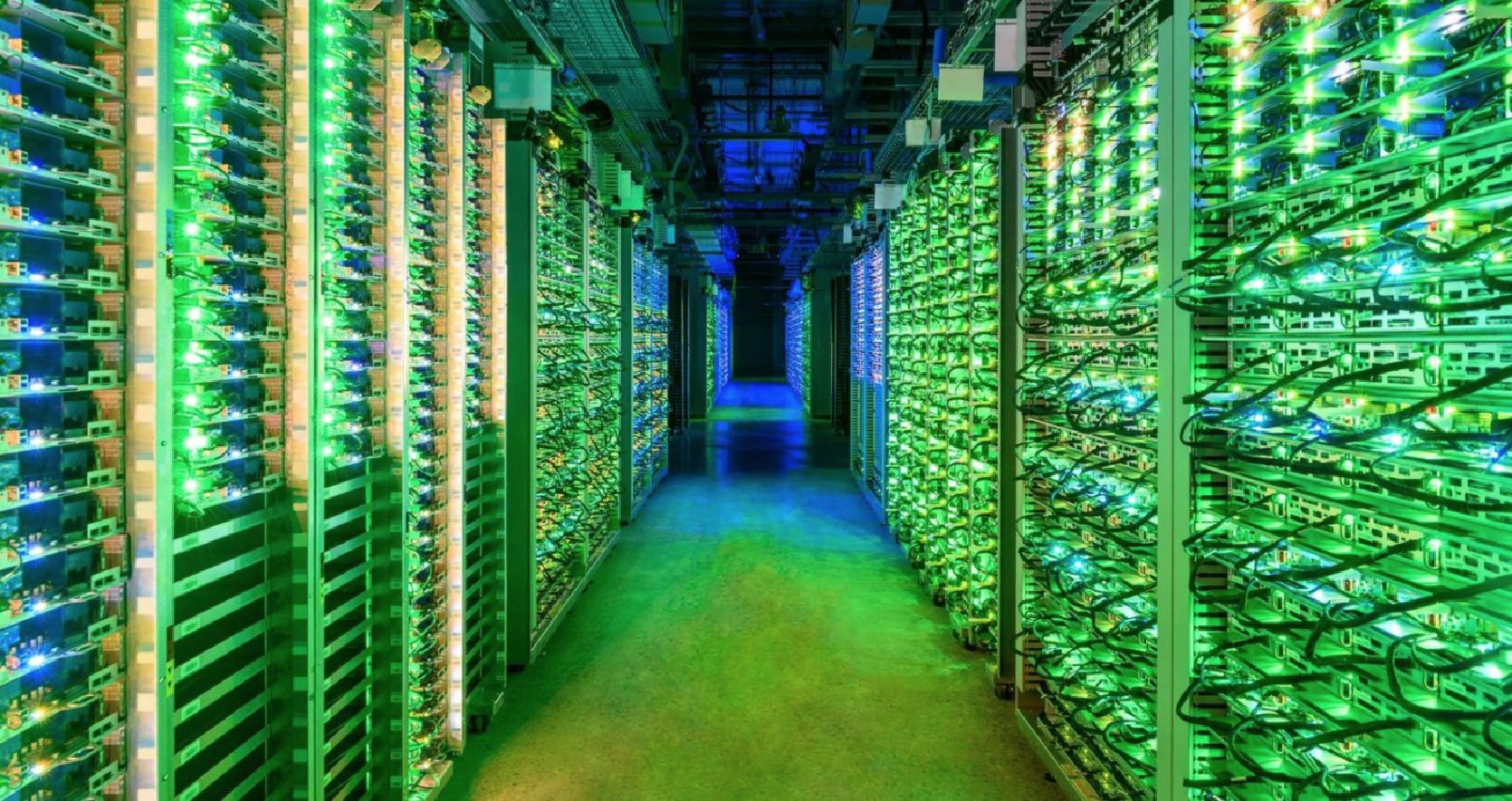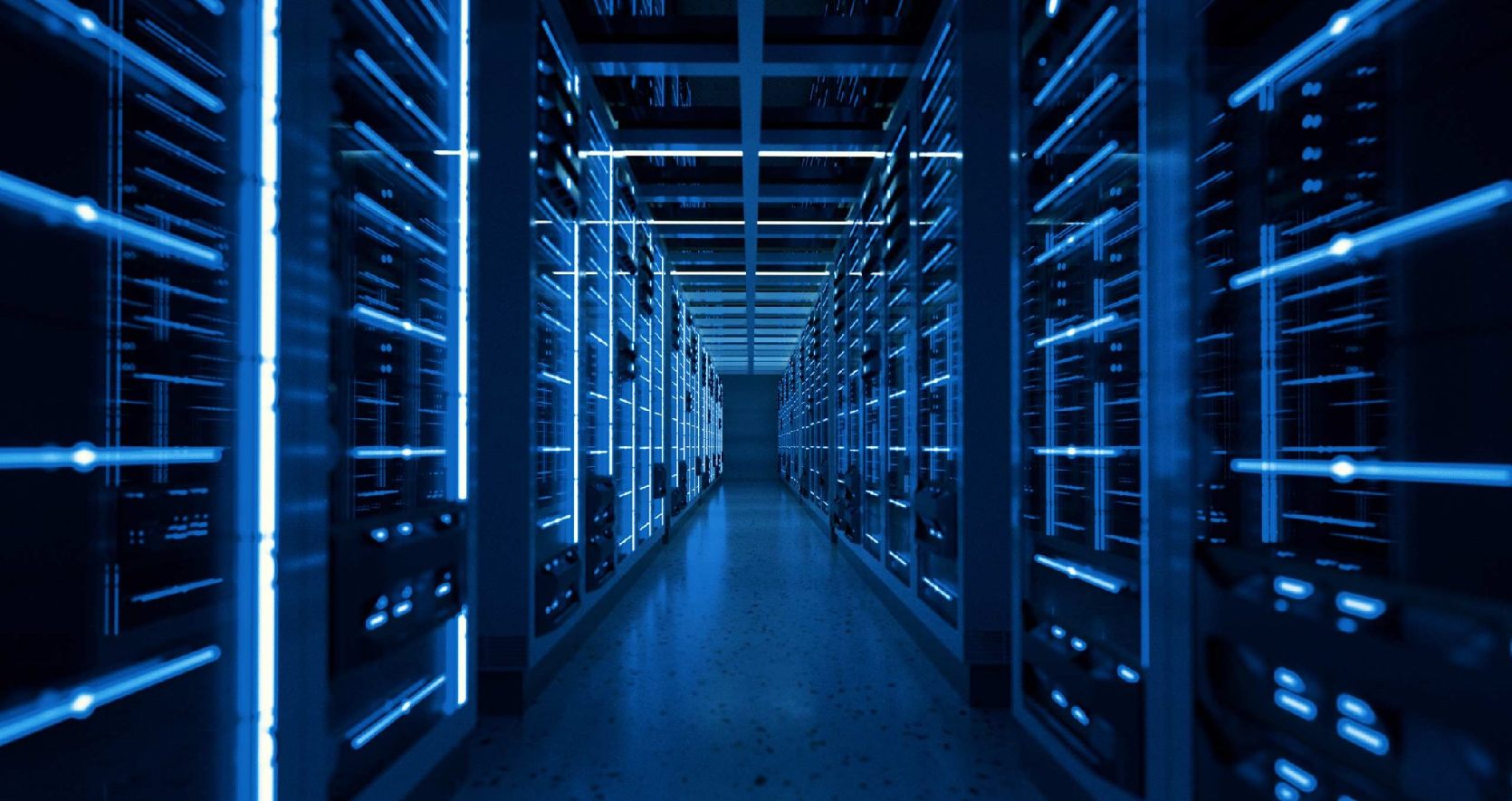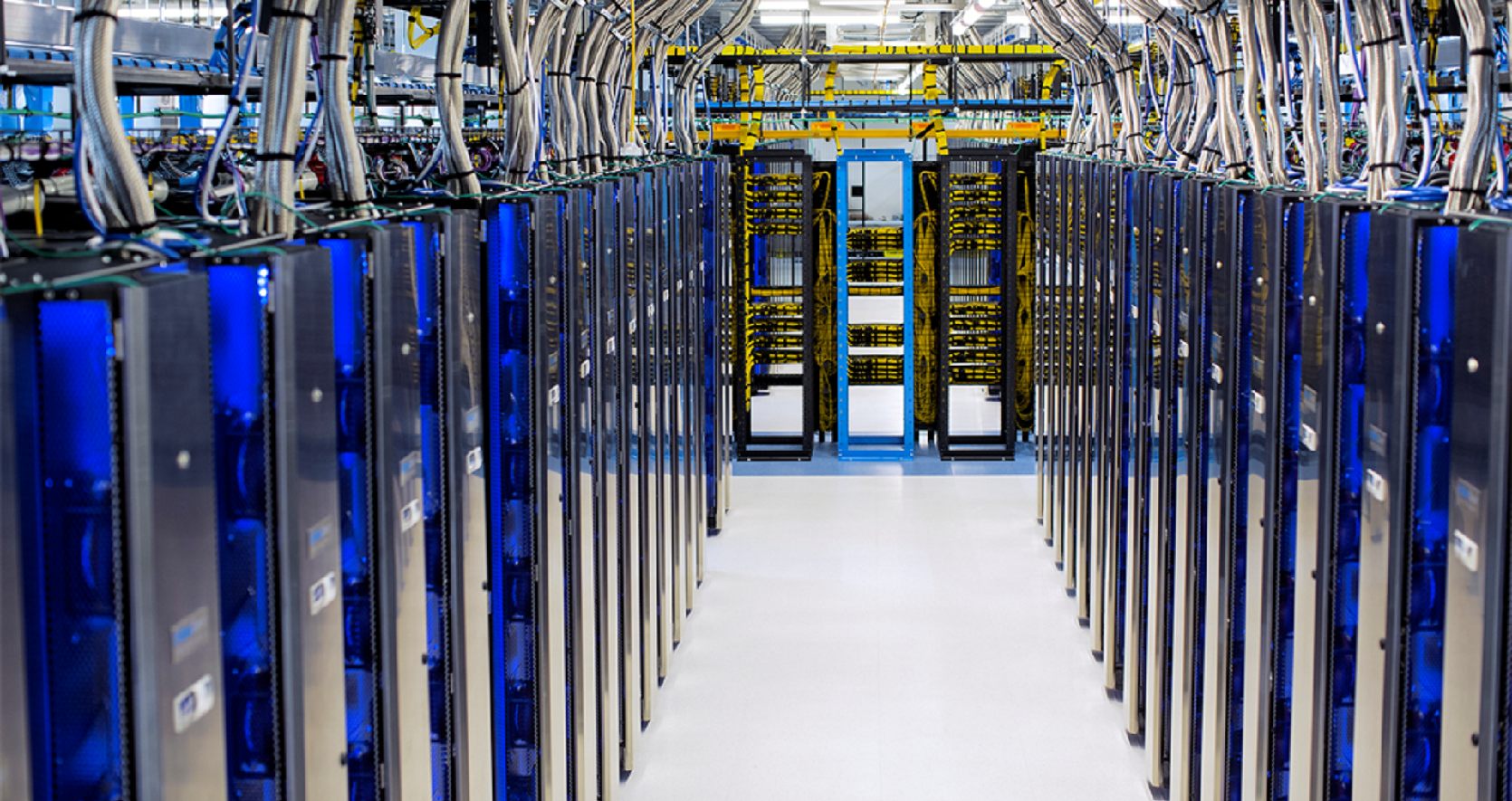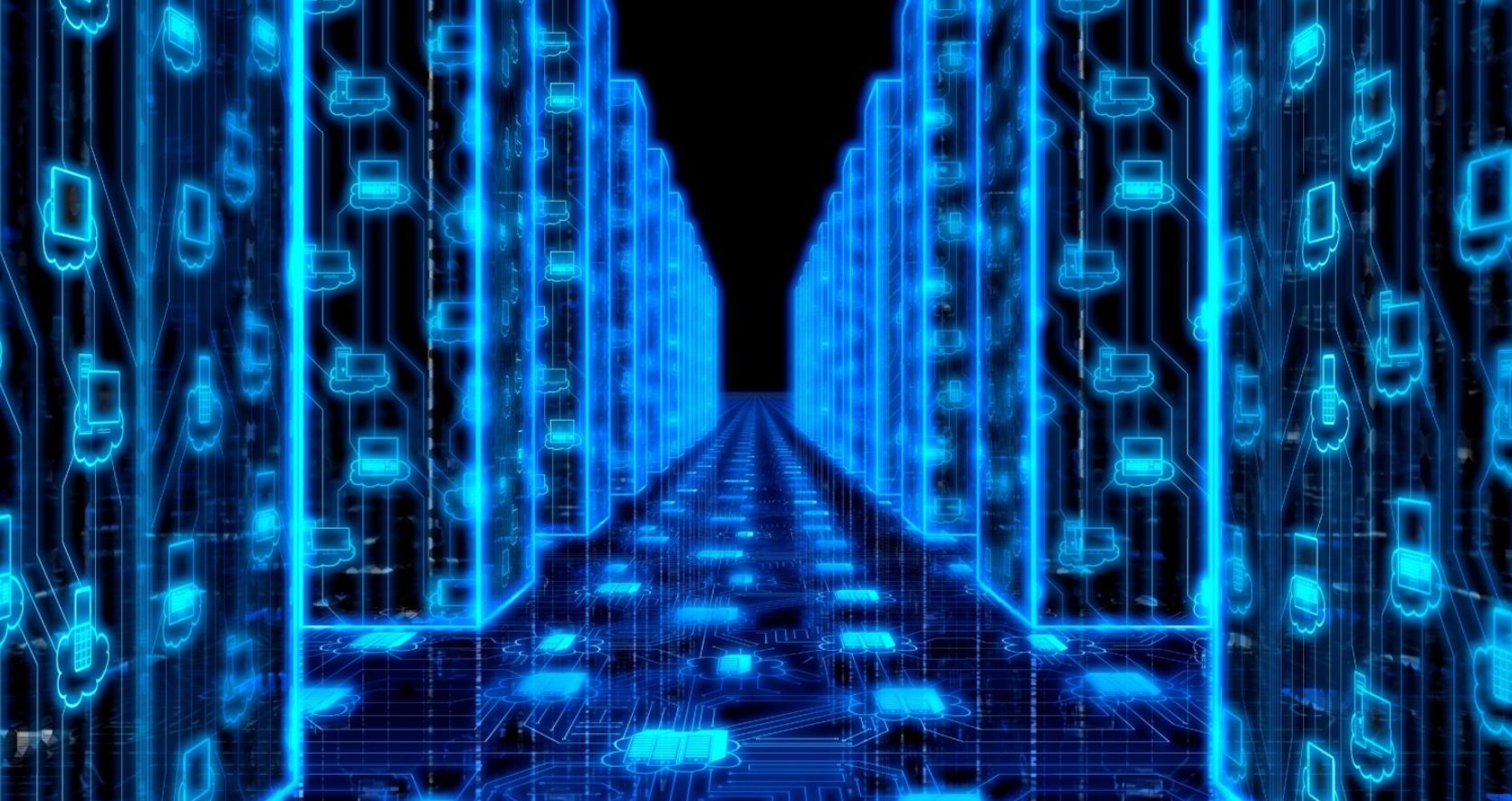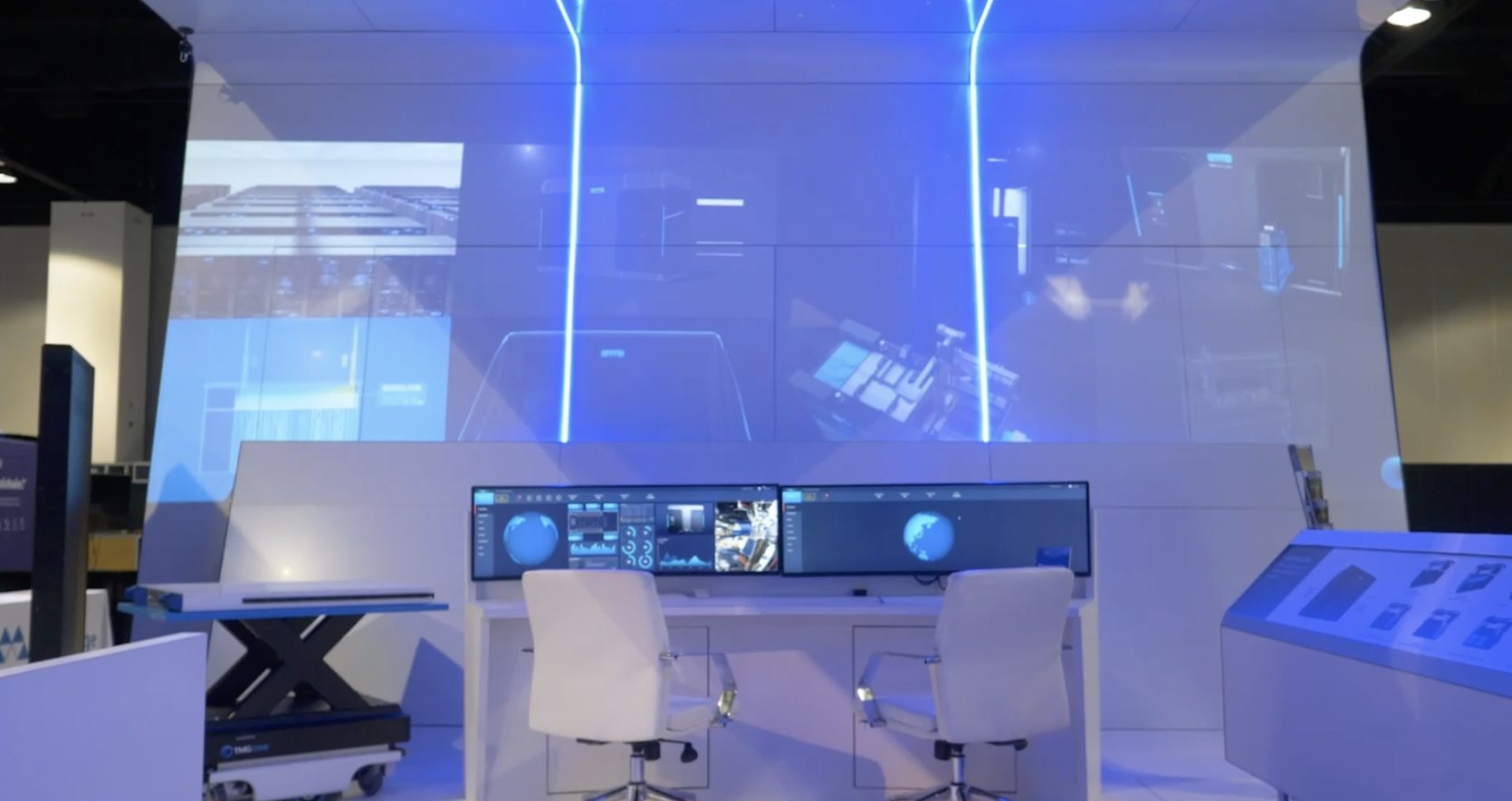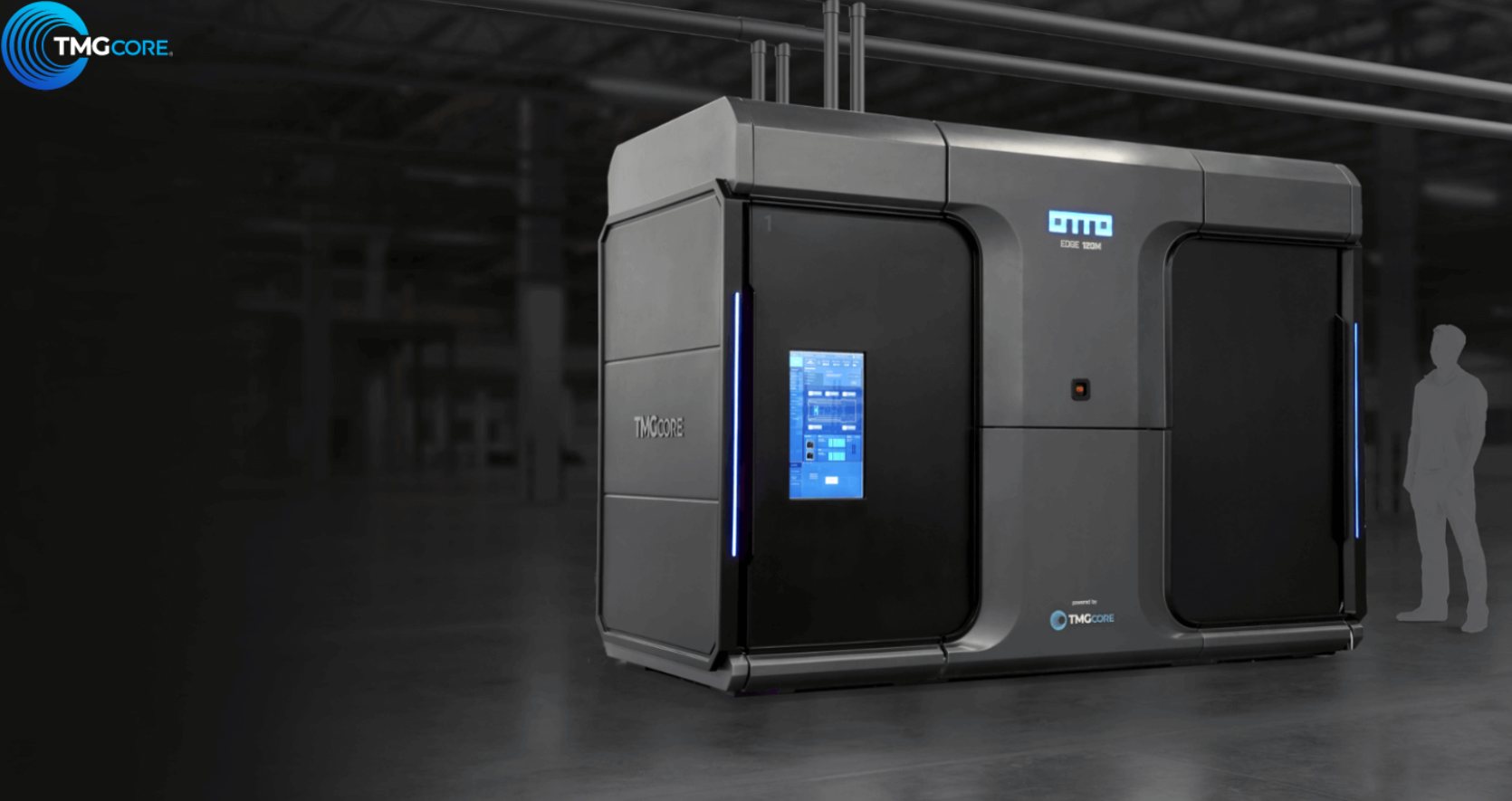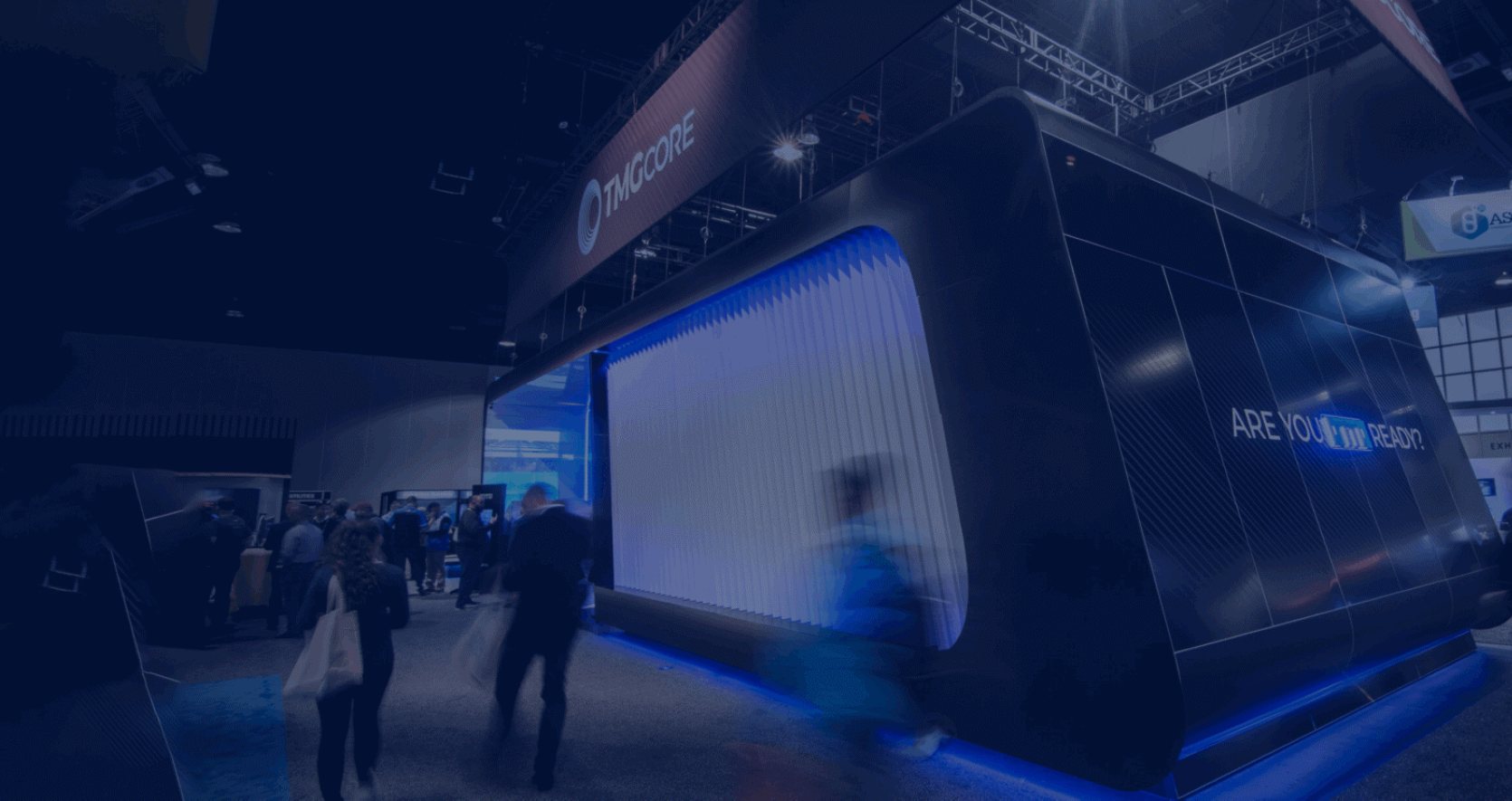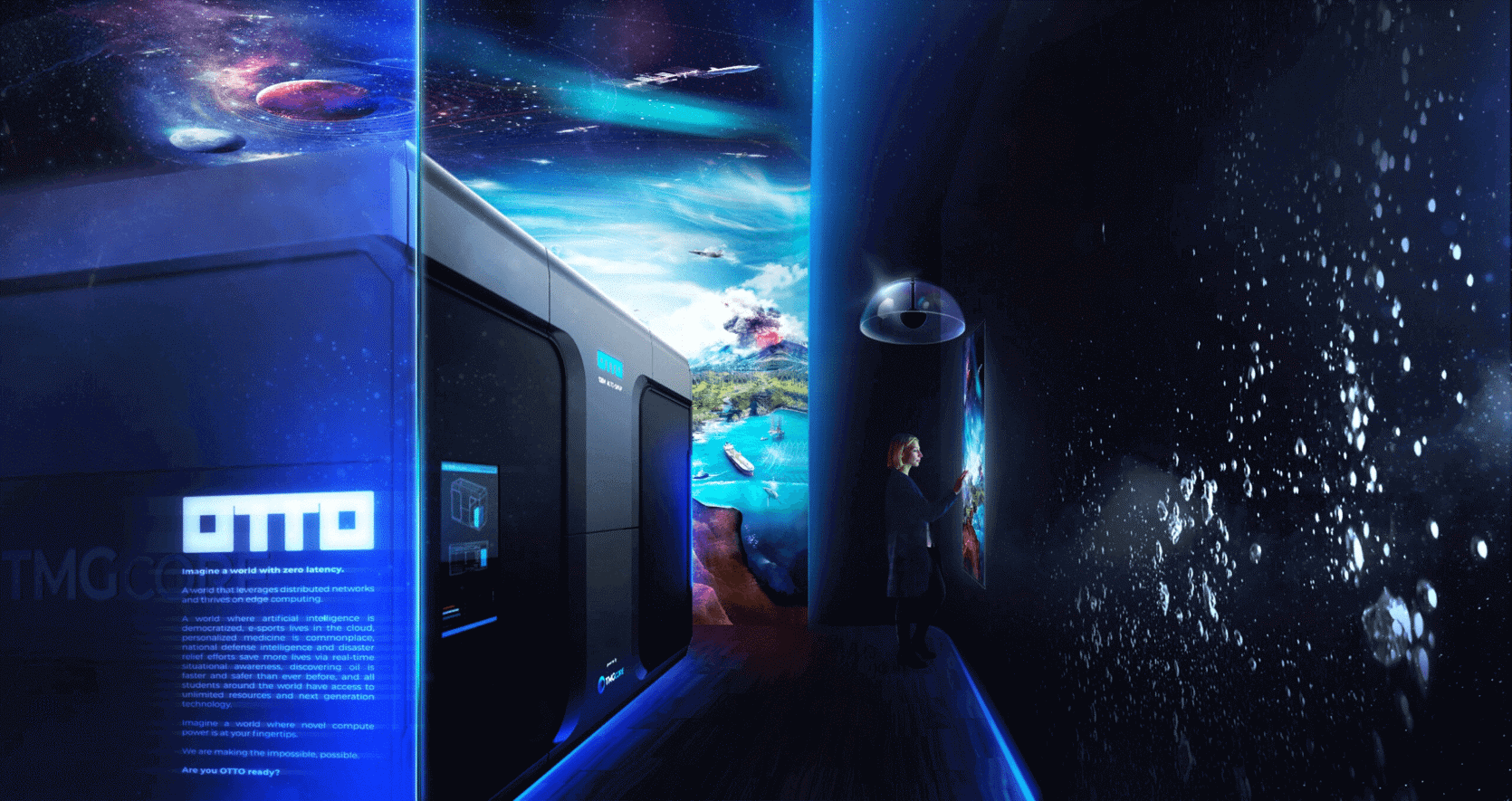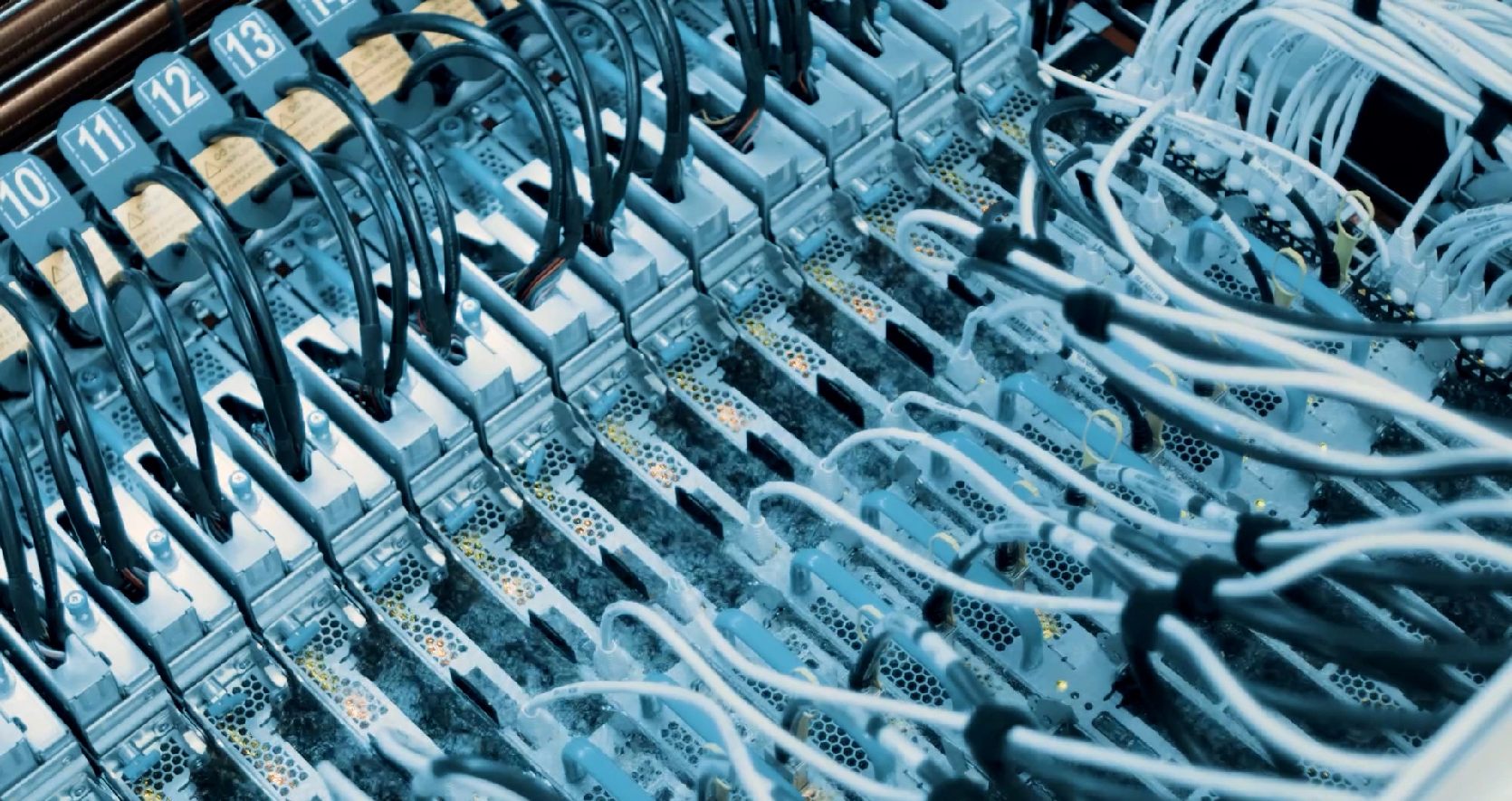
Future Business Opportunities for the Global Immersion Cooling Market
Data center cooling is a critical aspect of the modern business landscape, as organizations seek to manage the exponential growth of their IT infrastructure while reducing costs and improving energy efficiency. The immersion cooling systems represent a promising opportunity in this area, offering innovative and sustainable data center solutions for cooling high-density computing environments.
In this blog, we will delve into the key drivers behind the growth of the global immersion cooling market and provide an overview of immersion cooling technologies and applications. We’ll also discuss the challenges of market adoption to give you a comprehensive understanding of the business opportunities this technology offers.
Immersion Cooling Market Size
According to a report by Technavio, the global immersion cooling market is estimated to grow by 537.5 million from 2023 to 2027, with a CAGR of 22.77% during the forecast period. In 2022, North America held the largest global market share, and the region is estimated to witness an incremental growth of 38%.
Growth Drivers and Challenges
The key drivers contributing to market growth include the increase in the number of data centers worldwide, environmental concerns, advancements in computing technologies, and operational efficiency.
Increase in data centers
Data centers have become an intrinsic part of every organization. The massive growth in the amount of data being stored and generated has led many companies to build colocation and hyperscale data centers. As the demand for data center services grows, the need for effective cooling, better performance, and the ability to support technology advancements like edge, cloud, blockchain, and AI increases.
Carbon footprint
Data center environments and the operation of IT components emit carbon dioxide. Carbon emissions can be determined by the amount of power consumed by these facilities.
Implementing liquid immersion cooling for data centers will help reduce power consumption and lower carbon emissions produced. The power usage effectiveness (PUE) generated by liquid immersion systems is significantly lower than air cooling. The direct reduction in emissions associated with cooling energy reduction helps companies achieve better CDP scores and reach sustainability goals.
Operational cost
As power consumption increases worldwide, data center operators look for alternative solutions that are efficient in terms of power consumption and performance.
Air- and water-cooling systems are predominantly used by data centers today. However, scientific data centers have readily adopted liquid immersion cooling, where the computing requirement is usually twice that of large data center environments.
Immersion data centers can reduce operational costs while improving performance and equipment longevity.
Challenges
These market trends contribute to the increased need for liquid immersion cooling systems to replace air and water-based cooling methods. However, the availability of alternative cooling technologies, initial investment costs, and market competition are the key factors hindering adoption and growth.
Strategies to overcome some of these obstacles include ongoing product development and innovation, favorable government initiatives, and partnerships and collaborations.
Companies like TMGcore, the Home of Immersion, collaborate with some of the biggest names in the industry, including 3M, Unicom, Solvay, and Dell, to deliver off-the-shelf and customized solutions that meet the evolving needs of modern data centers.
Liquid Immersion Cooling Methods and Applications
To tackle demand and maintain low power consumption and PUE, many data centers are switching to immersion cooling as a more efficient and effective data center solution.
Liquid immersion cooling works in two ways:
- Single-phase immersion cooling: servers or other IT components are mounted vertically in a bath of dielectric fluid.
- Two-phase liquid immersion cooling: servers and components are submerged in a chamber that utilizes a low-temperature evaporation process to turn heated liquid into vapor to cool components and dissipate heat.
These immersion cooling methods offer the ability to support various applications for end-users, such as high-performance computing, edge computing, cloud computing, AI/ML, energy efficient immersion mining, and more.
Immersion Cooling Business Opportunities
As the number of data centers and usage grows, the adoption of liquid immersion cooling is expected to replace conventional tools and techniques used for cooling. It presents lucrative opportunities for expansion, service delivery, and sustainability.
The adoption of liquid immersion cooling technologies enables organizations to
- Reduce carbon footprint
- Reduce energy usage and operational costs
- Mitigate global water shortage
- Increase core capacity and scalability
- Improve performance and equipment longevity
By getting a holistic view of market drivers, available technologies, and potential benefits of this evolutionary technology, business leaders can improve their data center strategy and optimize operations to fulfill sustainability goals and achieve a competitive advantage.
TMGcore, the Home of Immersion Computing
TMGcore is an award-winning US-based provider of high-performance computing and mining solutions and a manufacturer of commercial-grade hardware specializing in liquid immersion cooling technology.
With an emphasis on sustainability, efficiency, and innovation, we enable our customers to build next-generation high-performance compute installations that can be used in traditional spaces or on the edge. Our ComputeCore, CryptoCore, EdgeBox, and OTTO platforms and software solutions enable higher densities, better efficiencies, and lights-out operations wherever compute is needed.
The future of data center cooling is here. Are you OTTO ready? Get in touch with us today to learn how we can help grow and future-proof your organization.
Pellentesque habitant morbi tristique senectus et netus et malesuada fames ac turpis egestas. Curabitur sed mi massa. Aenean ut rhoncus lacus. Mauris lorem neque, porttitor at vulputate in, euismod vulputate ligula.
Maecenas lacinia sem diam, at consectetur magna pretium nec. Curabitur semper orci sit amet viverra ultricies.
Pellentesque habitant morbi tristique senectus et netus et malesuada fames ac turpis egestas. Curabitur sed mi massa. Aenean ut rhoncus lacus. Mauris lorem neque, porttitor at vulputate in, euismod vulputate ligula. Curabitur at velit sagittis, vehicula erat vel, condimentum elit. Maecenas consequat urna ut neque blandit vestibulum. Duis lacus arcu, euismod in vulputate in, blandit quis dolor. Cras sit amet turpis sed ex iaculis volutpat. Donec posuere posuere tortor, eget consectetur eros suscipit sit amet.
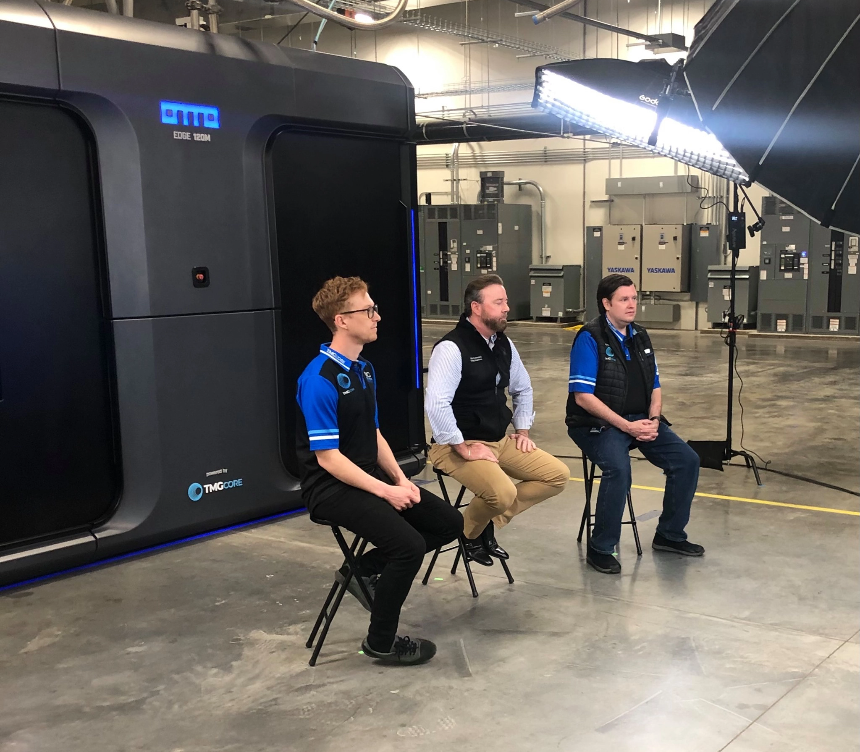
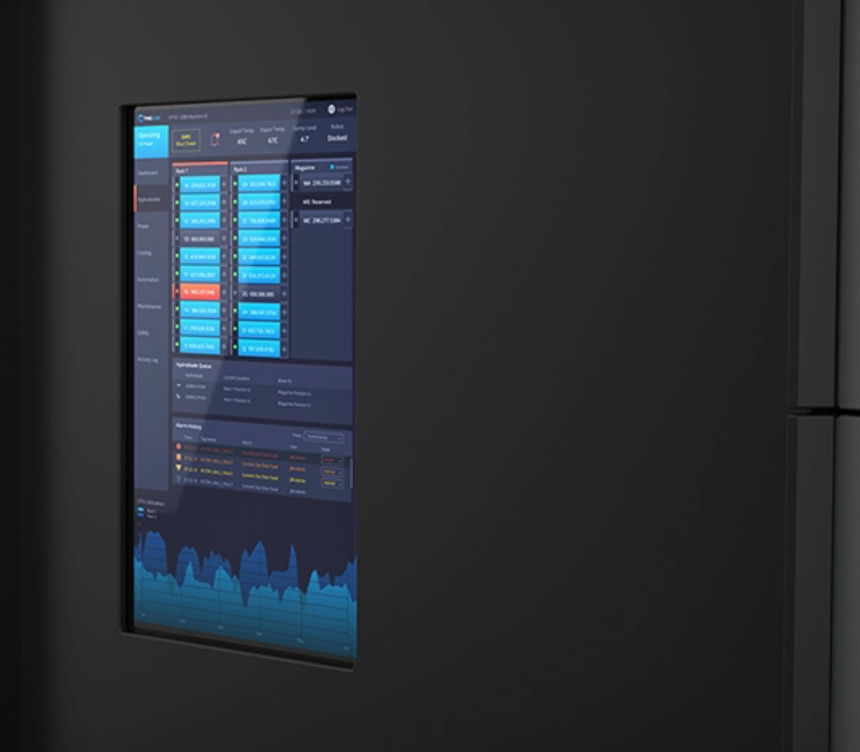
Sed a magna ac purus ornare porta. Maecenas ut facilisis risus, et volutpat felis. Nullam quis tempor purus. Praesent ornare posuere elementum. Mauris quis ex ante. Phasellus libero lorem, malesuada quis suscipit ac, aliquam sit amet arcu. Donec lacinia dui enim, vitae scelerisque nunc vestibulum vel. Fusce imperdiet elementum neque sed molestie. Donec ut feugiat orci. Etiam lacus nulla, blandit eget odio eget, consectetur finibus ligula. Sed quis orci consectetur, auctor leo vel, iaculis velit. Pellentesque vitae nisi lectus.
- Suspendisse consequat metus vitae magna lobortis tristique.
- Aliquam sit amet ante ut velit lacinia porta at nec nibh.
- Aliquam suscipit turpis vitae luctus posuere.
- Donec malesuada turpis maximus orci lacinia sagittis.
Related Blogs
